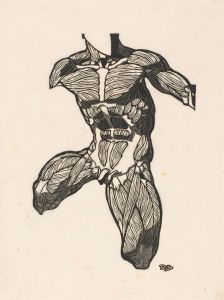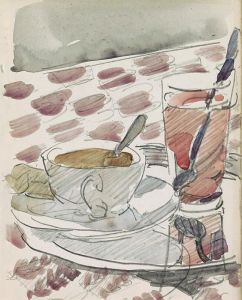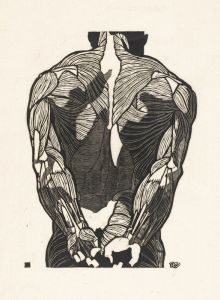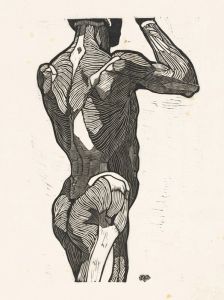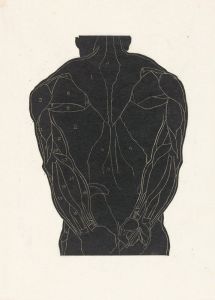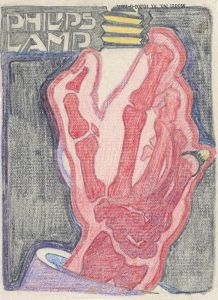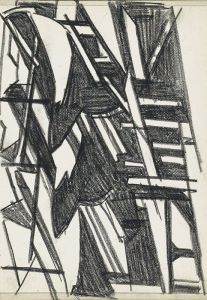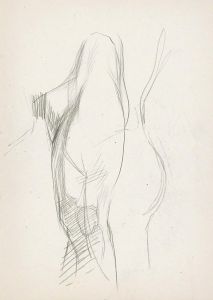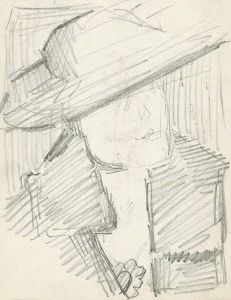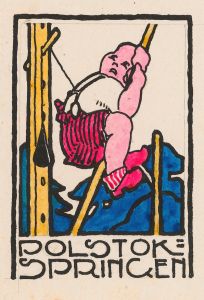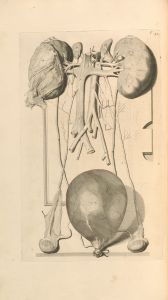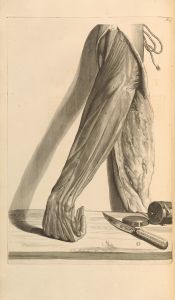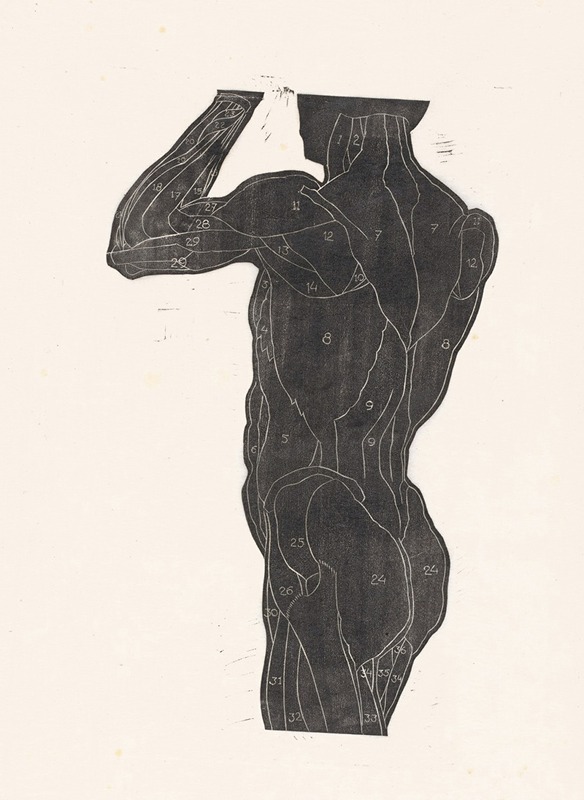
Anatomische studie van de rug- en bilspieren van een man in silhouet
A hand-painted replica of Reijer Stolk’s masterpiece Anatomische studie van de rug- en bilspieren van een man in silhouet, meticulously crafted by professional artists to capture the true essence of the original. Each piece is created with museum-quality canvas and rare mineral pigments, carefully painted by experienced artists with delicate brushstrokes and rich, layered colors to perfectly recreate the texture of the original artwork. Unlike machine-printed reproductions, this hand-painted version brings the painting to life, infused with the artist’s emotions and skill in every stroke. Whether for personal collection or home decoration, it instantly elevates the artistic atmosphere of any space.
Reijer Stolk (1896-1945) was a Dutch artist known for his contributions to graphic arts and printmaking. His work "Anatomische studie van de rug- en bilspieren van een man in silhouet" (Anatomical Study of the Back and Gluteal Muscles of a Man in Silhouette) is a notable example of his interest in the human form and anatomical precision. This piece is a detailed study that focuses on the musculature of the male back and buttocks, rendered in a silhouette style that emphasizes the contours and structure of the muscles.
Stolk's anatomical studies were part of a broader tradition in art where understanding the human body was essential for creating realistic and dynamic figures. Artists like Leonardo da Vinci and Michelangelo also engaged in detailed anatomical studies to enhance their understanding of the body's structure and function. Stolk's work fits within this tradition, showcasing his dedication to capturing the intricacies of human anatomy.
The silhouette technique used in this piece is particularly effective in highlighting the muscle groups without the distraction of other details. By focusing solely on the outline and the muscle structure, Stolk directs the viewer's attention to the form and function of the muscles. This method also allows for a clear and educational representation of the anatomy, which could be useful for both artists and students of anatomy.
Reijer Stolk was active during a period of significant change and development in the art world. The early 20th century saw the rise of various modernist movements, and while Stolk's work is rooted in traditional techniques and subjects, his approach to form and structure shows a modern sensitivity to abstraction and simplification. His anatomical studies, including this one, reflect a blend of classical knowledge and modernist aesthetics.
Stolk's career was tragically cut short when he died in 1945, but his contributions to Dutch art, particularly in the field of printmaking and graphic arts, have been recognized posthumously. His works are held in various collections, and his anatomical studies continue to be appreciated for their precision and artistic merit.
In summary, "Anatomische studie van de rug- en bilspieren van een man in silhouet" by Reijer Stolk is a significant work that demonstrates the artist's skill in anatomical drawing and his ability to convey the complexity of the human form through a minimalist silhouette technique. This piece is a testament to Stolk's dedication to both art and the study of human anatomy, and it remains an important part of his artistic legacy.





